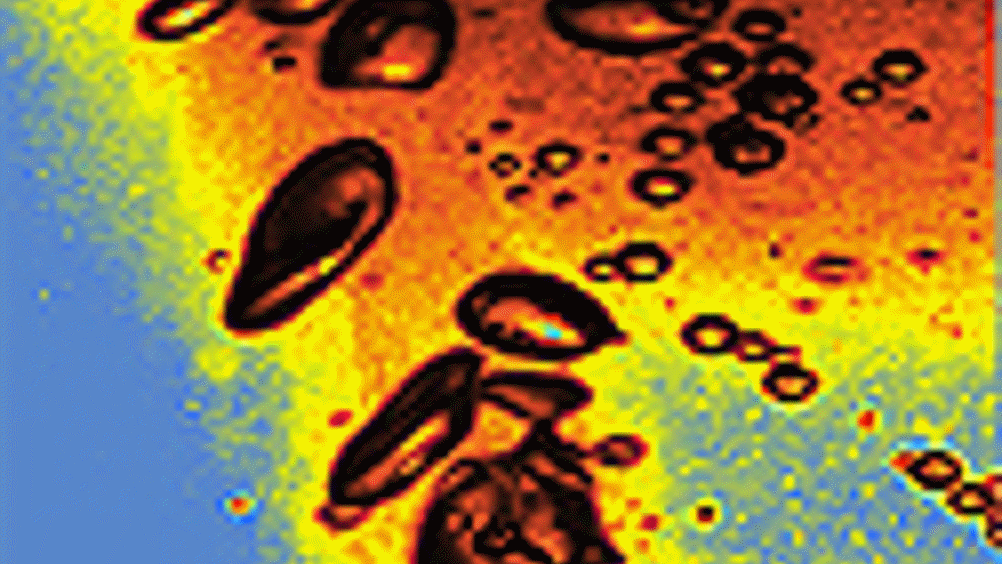Sticking power

Researchers at Warwick University are working on a range of applications for nanoparticles based on their ability to stick to non-mixing liquids.
The study, which has been published in Physical Review Letters, found that very small nanoparticles - typically around 1-2nm - are twice as likely to stick to the interface of two non-mixing liquids compared to the standard model.
Dr Stefan Bon and Dr David Cheung claim that previous research failed to take into account the capillary waves in conventional models for nanoparticle behaviour.
Bon said: ‘This new understanding on the nanoscale gives us much more flexibility in the design of everything from high-tech composite materials to the use of quantum dots, cell biochemistry and the manufacture of new "armoured" polymer paint particles.’
Funded by the Engineering and Physical Sciences Research Council (EPSRC), the project is currently focusing on ways to incorporate the newly found sticking power of nanoparticles to create strong bonds in oil-water liquid interfaces. The finding could also pave the way for the use of nanoparticles in polymer composites, high-tech foams, living cells, gels and paints.
Register now to continue reading
Thanks for visiting The Engineer. You’ve now reached your monthly limit of news stories. Register for free to unlock unlimited access to all of our news coverage, as well as premium content including opinion, in-depth features and special reports.
Benefits of registering
-
In-depth insights and coverage of key emerging trends
-
Unrestricted access to special reports throughout the year
-
Daily technology news delivered straight to your inbox










New IET report examines grid transmission costs
<u><i>None</i></u> of the forecast utility-scale <i><b>electricity</b></i> storage shown on this graph is actually needed, <i><b>if</b></i> we switch...